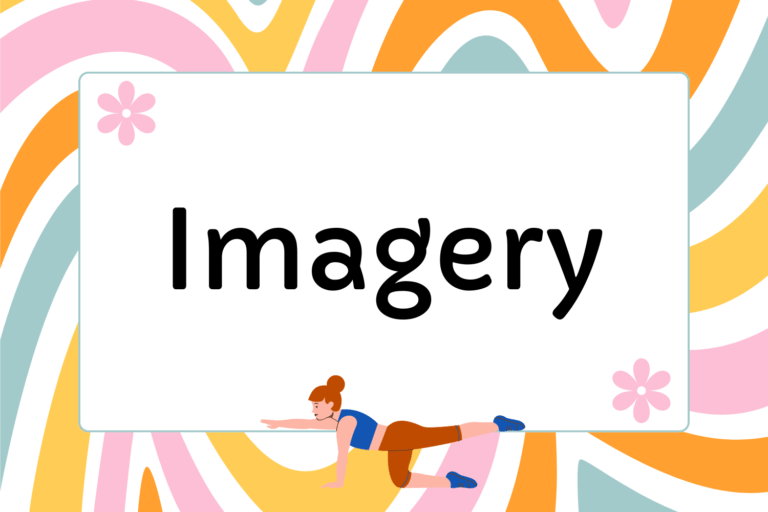It’s a part of your body you never even thought to name until you got to Pilates: the Powerhouse. But what muscles are in the Powerhouse, exactly? You may be surprised at how many are actually contained in the imaginary corset that forms the center and stable base of your body.
Here’s a guide to all the Powerhouse muscles you strengthen in Pilates, separated into five main categories:
Abdominal Muscles
- External Oblique: The external oblique is the largest of the three flat muscles on the side of the abdominals. It’s not very thick, but spans wide and has a kind of square shape. The external oblique pulls the chest downward, which compresses the abdominals.
- Internal Oblique:The internal oblique is located just below the external oblique, on the side of the abdominals. It’s perpendicular to the external oblique and stretches from the lower back to the upper part of the hip bone, with fibers connecting to the 10th and 12th ribs. The internal oblique contracts when the diaphragm expands during breathing. It also pulls the rib cage and abdominal midline toward the hip and lower back when the side bends.
- Transversus Abdominus: Just underneath the internal oblique lies the transversus abdominus muscle. It originates near the inside of the front of the hip bone and runs up to the 12th rib. It’s the deepest of the major abdominal muscles and acts to compress the ribs, providing core stability. When you “scoop” your abs, you engage the transversus abdominus more than any other abdominal muscle.
- Rectus Abdominus: The rectus abdominus is the muscle more commonly known (when well defined) as a six-pack. It’s actually comprised of ten sections, with five on either side of the abdominals. It functions to flex the lower back, help breathing, and protect the internal organs.
- Pyramidalis: Behind the rectus abdominus lies the pyramidalis muscle. This muscle is shaped like a small triangle, but is actually non-existent in 1/5 of the population. It serves to tense the linea alba, part of the connective tissue in the abdominals.
Lower Back Muscles
- Erector Spinae: The erector spinae connects along the spine and is comprised of not one, but many muscles: the illiocostalis, longissimus, and spinalis. They all work together to extend the spine.
- Serratus Posterior: The serratus posterior begins at the 11th vertebra, runs sideways and upwards in a rectangular shape, and eventually connects to the lower parts of the 9th, 10th, 11th, and 12th ribs. It acts to pull the lower ribs back and down, which also helps expel air out of the lungs. It is one of the muscles, like the transversus abdominus, that you feel most when scooping the abdominals in Pilates class.
- Latissimus Dorsi: Stretching from the top of the back side of the pelvis all the way up to the underarm, the latissimus dorsi is roundly-shaped muscle, that becomes thinner as it spans upward. It functions to extend and laterally flex the lower back, as well as rotate the shoulder joint.
Fun Fact:
There are approximately 639 skeletal muscles in the human body.
Pelvic Floor
- Levator Ani: The levator ani is a thin, wide-spanning muscle comprised of three smaller muscles that form the inner side of the pelvis. It acts to support the sides of the pelvic cavity, forming a sort of muscular wall on the inner sides of the pelvis.
- Coccygeus: The coccygeus is shaped like a triangle and located behind the levator ani. It contracts inward to “close” the pelvis. It also borders the sacrum, one of the fused bones located in the lower back, and is known frequently as the “tailbone muscle.”
Hips
- Iliopsoas: Comprised of the psoas major, psoas minor, and iliacus, the iliopsoas is the strongest of the hip flexor muscles. It starts at the bottom five vertebrae of the spine and stretches into the inner part of the pelvis. It acts to flex the hip, a vital action for any movement—from walking to running to sitting down.
- Lateral Rotater: This group of muscles functions to rotate the legs from the hip sockets into a “turned out” position. It is comprised of six different muscles (PGOGOQ): the piriformis, gemellus superior, obturator internus, gemellus inferior, obturator externus, and quadrates femoris.
Hot Tip: Please Pamper
The most sensitive cluster of nerves in the human body is located at the base of the spine. So be nice to them! After a tough workout give your spine a gentle rub with your hands, especially around the lumbar spine and tailbone. This mini-massage can soothe riled up nerves.
Gluteal
- Gluteus Maximus: The largest of the gluteal muscles, the gluteus maximus is known more casually as the “butt muscle.” It is connected to the iliotibial band and stretches to the lower back. It acts to both rotate the hips outward and to stabilize the pelvis.
- Gluteus Medius: The gluteus medius is a four-sided muscle, located on the outside of the pelvis. It acts to abduct (pull away from the center of the body) the thigh, as well as support the pelvis when weight is shifted from one leg to the other.
- Gluteus Minimus: The smallest of the three gluteal muscles, the gluteus minimus lies directly below the gluteus medius on the outside of the pelvis. It assists in the abduction of the thigh (used mostly when weight is shifted to one leg) and to rotate the thigh inward.
Feel the Burn
It may seem like a lot to think about, but having a general idea of this group of muscles will make it easier to know if you’re strengthening the right ones during Pilates class. The Powerhouse is, after all, the center of all strength and energy in Pilates—you should feel each muscle working hard during every class.





